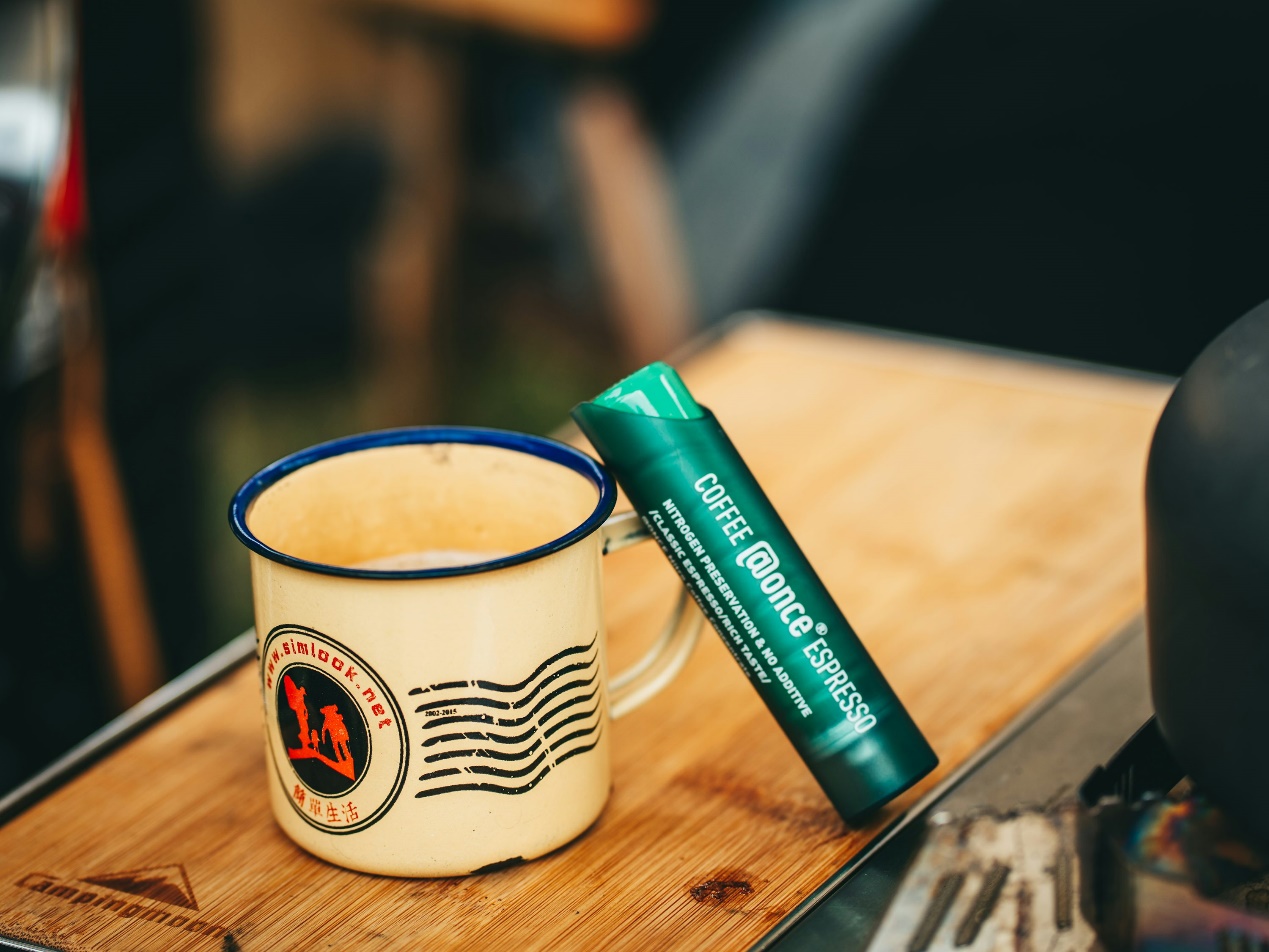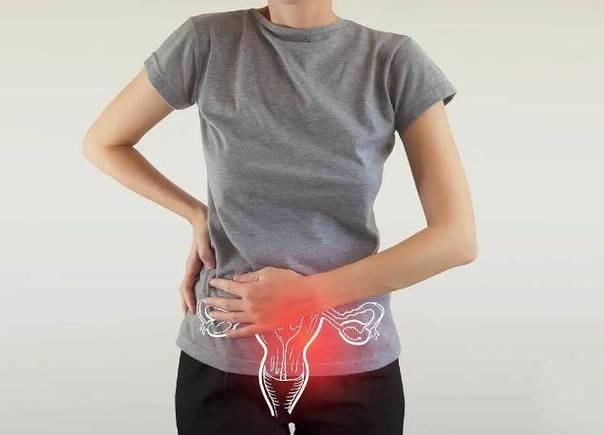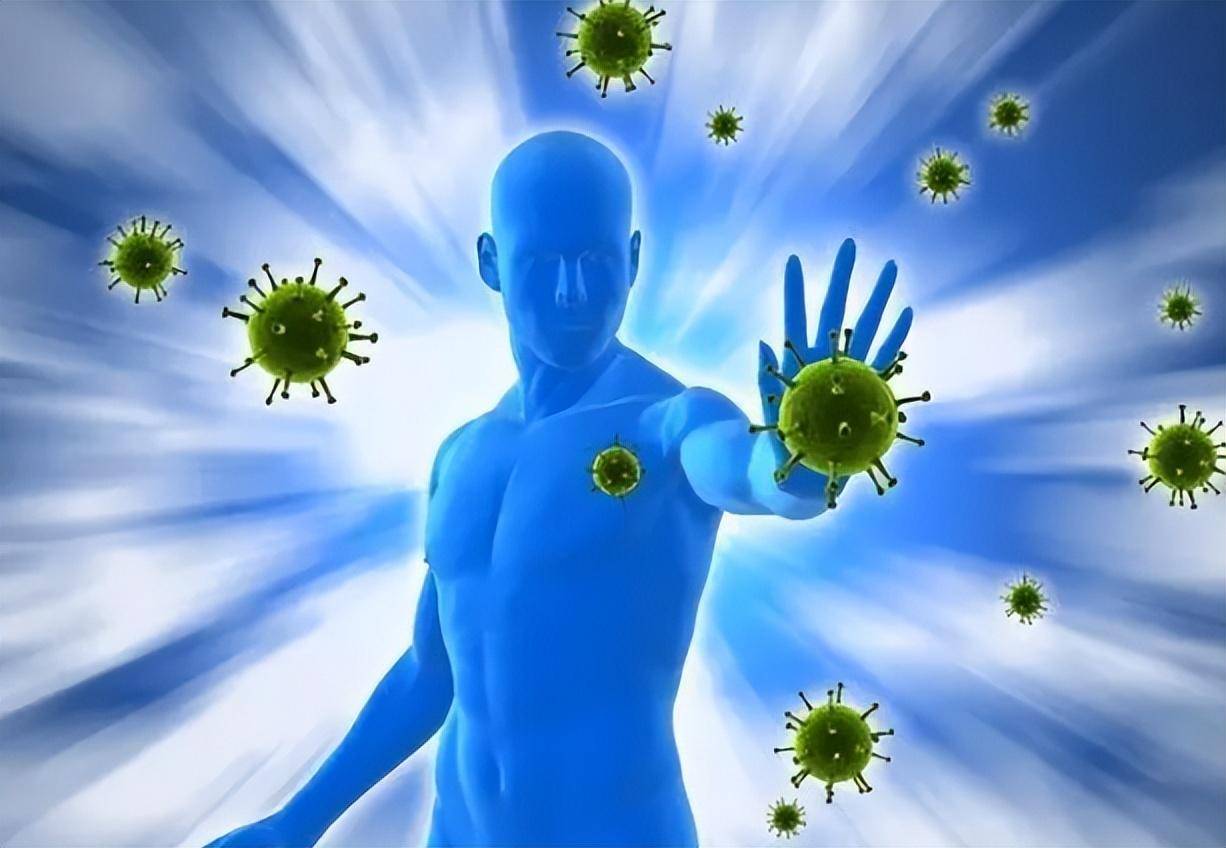When we squeeze out a row of blue toothpaste with plastic toothbrushes in the morning, when supermarket cashiers stuff vegetables and fruits into transparent plastic bags, and when speedboats plow through the sparkling sea-few people realize that these daily pictures are weaving a pollution network invisible to the naked eye. Microplastics particles, smaller than sesame seeds, are quietly infiltrating into every fold of human life with the sea breeze, raindrops and food chain, becoming the most hidden environmental health crisis in the 21st century.

Scientists found plastic fragments with a diameter of only 2 microns in the intestines of deep-sea fish, 14.4 microplastics particles per liter of snow samples were detected in the snow on the Himalayas, and polystyrene spheres with a diameter of 10 microns were observed in human placenta tissue. These plastic particles with a diameter of less than 5 mm are quietly occupying every corner of the earth's ecosystem through landfill leachate, tire wear particles and cosmetic beads at a rate of millions of tons per year.
The most disturbing thing is their secret path into the human body. It is found that a single polyethylene particle can penetrate the intestinal epithelial cells within two hours, carrying the adsorbed heavy metal ions through the intestinal wall and into the blood circulation. The biofilm formed on the surface of these polymers can adsorb and concentrate persistent organic pollutants such as PCBs and bisphenol A in the environment, and its concentration can be millions of times higher than that in the surrounding environment. When microplastics with a diameter less than 20 microns enters alveoli, they can not only trigger local inflammatory reaction, but also penetrate alveolar epithelial cells through phagocytosis, becoming invisible travelers in the blood.
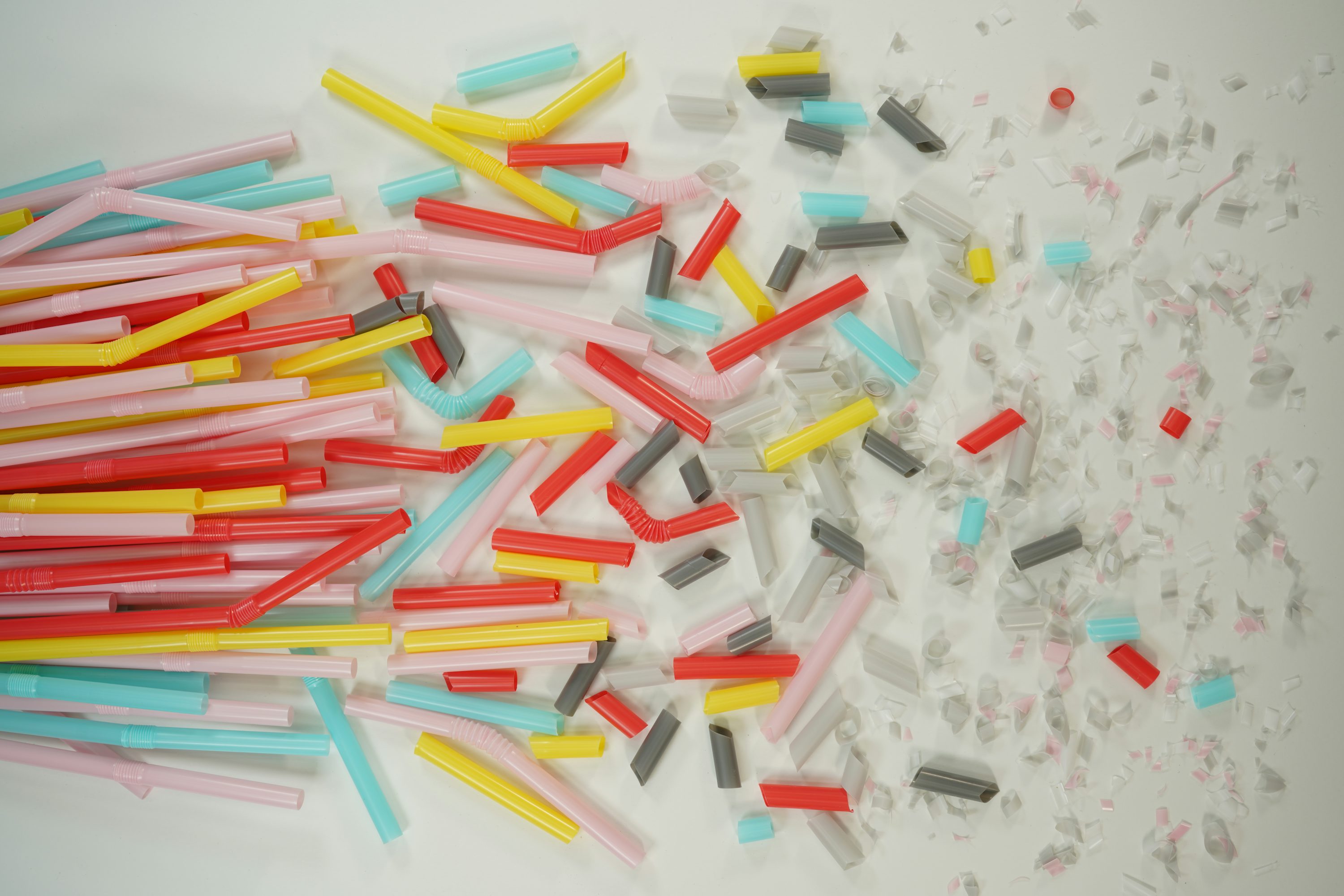
What is even more worrying is microplastics's micro-invasion of organelles. The section of liver cells under electron microscope shows that PVC particles can be embedded in mitochondrial matrix, which interferes with the energy production of tricarboxylic acid cycle. Nano-plastic fibers may be wound on DNA helix, causing gene transcription errors. The stress response of the immune system to these foreign polymers is creating a brand-new pathological phenomenon called "blood plastic osis". When peripheral blood mononuclear cells continue to recognize hydrophobic groups on the plastic surface, the cytokine storm released may induce systemic inflammation and quietly change the immune homeostasis of the human body.
The transmembrane transport mechanism revealed by the latest research is alarming: microplastics with hydrophilic groups on its surface can be disguised as nutritional particles and actively taken up by intestinal villi; However, the interaction between free radical clusters on the surface of plastic fragments aged by ultraviolet rays and lipid bilayer of cell membrane is changing the metabolic function of intestinal flora. While we are still arguing about the alternatives of plastic straws, these micron-sized pollution messengers have already arrived in the corner undetected by the human immune system by the tide of food, water and air.
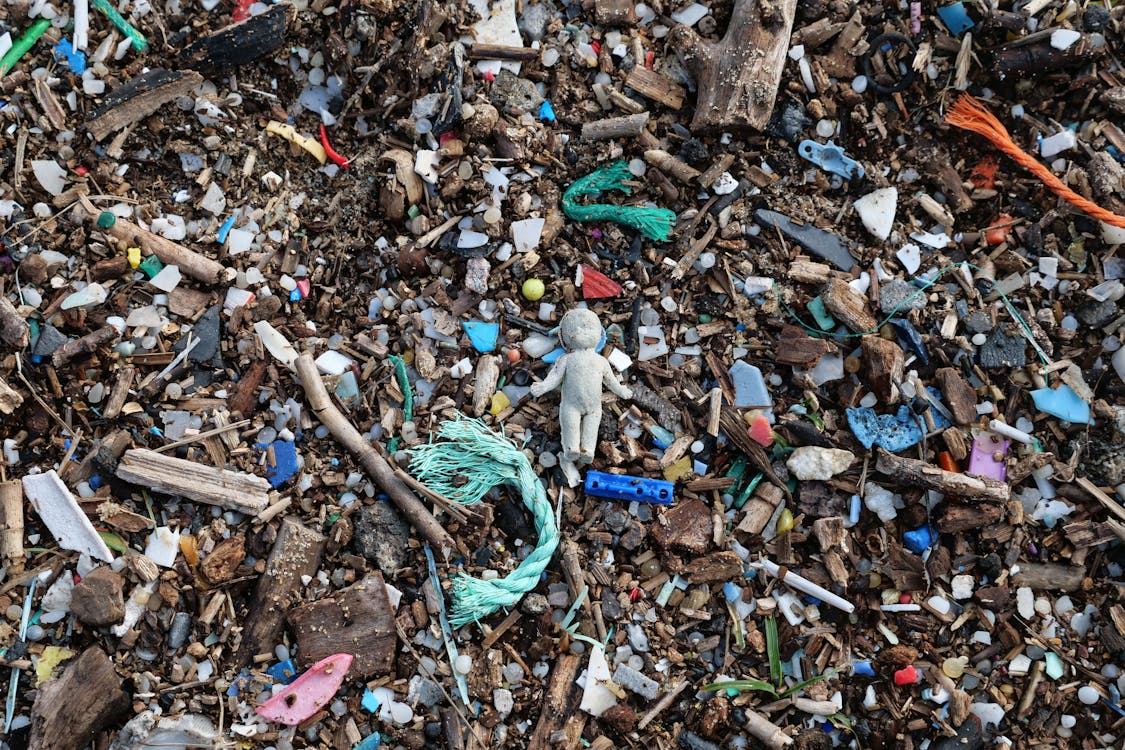
About 13 million tons of plastic waste flows into the ocean every year in the world, and less than 10% of it is really recycled. When the environmental concentration in microplastics is increasing at an annual rate of 8.3%, we are building not only a pollution network, but also a complex health maze. Those invisible plastic particles are becoming invisible wounds embedded in the texture of modern society-they remind us that any discarded plastic will eventually return to our bodies in a smaller and more secret form, becoming a health password that will take decades to interpret clearly.
